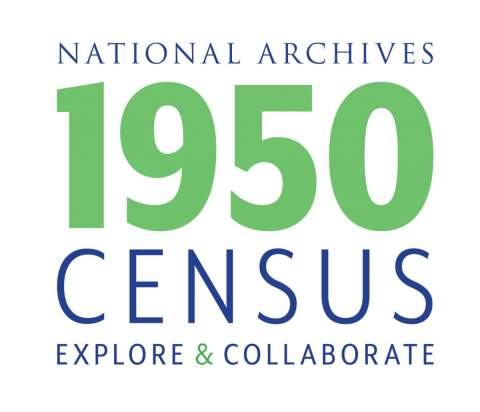The 1950 Census is coming and it’s a big deal!
This census was the first federal census after the Second World War—this means the large influx of refugees and others who immigrated during that turbulent period in world history can be found for the very first time.
Many younger researchers will see someone they know on the census for the very first time, and those who are new to family history will have a lot of big discoveries. Of course, there will be plenty of fascinating information for experienced researchers as well.
Read on for a few things you need to know about what may be the biggest records release of 2022.
The Census will be available to everyone, for free, on April 1
On April 1, 2022, the National Archives and Records Administration (NARA) of the United States will release digital images of the 1950 U.S. Census.
Users will be able to access it for free, through a dedicated website. You can visit archives.gov for a link to this site on April 1.
The Census will not be fully indexed and searchable on popular genealogy websites right away
No organization has been granted “early access” to the census, so when it debuts on April 1, that will be the first time many of your favorite genealogy websites have access as well.
This means you won’t immediately find a fully-indexed, searchable record set for the 1950 Census for some time. The 1950 Census includes hundreds of millions of names—indexing will take time!
The release on April 1 will include a rudimentary index created by artificial intelligence
When NARA releases the records on April 1, they won’t be available only as images—you will be able to search an index that has been created by artificial intelligence and optical character recognition software.
It’s challenging for software to interpret handwriting, so this index will not be perfect—researchers will have the opportunity to help improve the index by submitting name updates on the 1950 Census website. This will also be available on the versions of the 1950 census hosted by some of the commercial genealogy websites.
If the initial index doesn’t yield results for you, you can still browse and make discoveries
If the computer-generated index does not accurately pick up your research subjects, you may still be able to find them by browsing image by image.
This release will include enumeration district maps and enumeration district descriptions, which will be crucial to narrowing down the images to search through. This will be easier for smaller towns; large urban areas with dense populations like New York City may be challenging to browse through due to the sheer number of people in each enumeration district.
You may wish to explore the enumeration district finder tool from stevemorese.org, which can make browsing more efficient.
Have a specific question or just want to learn more? Attend our Free 1950 Census Webinar
We’re hosting a live webinar on the 1950 Census, and it’s free and open to the public.
Join NYG&B Director of Programs Susan R. Miller on March 28 to learn exactly what this census holds, and get some expert tips on accessing it in the initial days of release.
